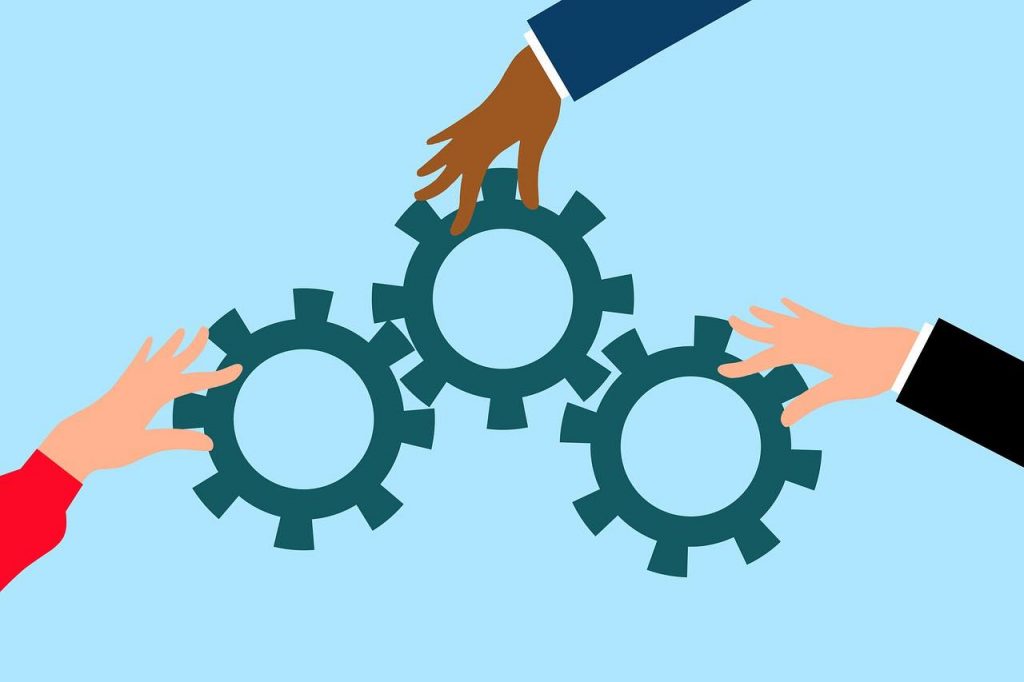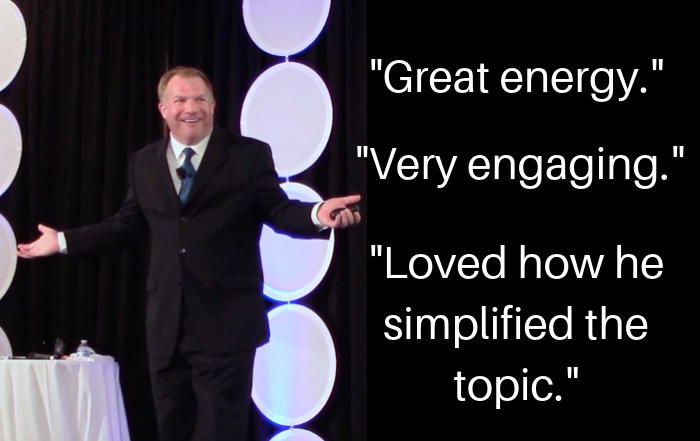 You can remove some barriers to success if you improve coworker collaboration. Sometimes, personality differences or turf battles undermine organizational performance.
You can remove some barriers to success if you improve coworker collaboration. Sometimes, personality differences or turf battles undermine organizational performance.
Use these tips to take your coworker collaboration to a new level:
Differences Exist
Not all employees think the same way and sometimes they may view each other as enemies. Let’s go into the kitchen to consider this challenge.
In the kitchen, you have an oven and a refrigerator. The oven is designed to heat things while the refrigerator is designed to keep things cool.
Most kitchen designs try to separate these two appliances, as the heat from the oven may affect the cooling ability of the refrigerator. But you need both to have an effective kitchen.
The same can apply to the skill sets and perspectives of employees. Differences aren’t bad and should be appreciated. You may not want different departments working side by side every day but occasional contact can be very profitable. This mindset can help you improve coworker collaboration.
Be Generous in Explanations
One department may deal with a specific issue on a daily basis, while another may have very little interaction with it. During times of collaboration, one side may ask an obvious question about an unfamiliar process.
This is the moment when you need to resist the urge to say things like, “Well, duh,” and instead patiently explain the situation.
Your goal is to respectfully share information and not make anyone feel stupid. When you hurt people’s feelings or embarrass them, they’re less likely to collaborate.
Think “We” vs. “Them”
A good way to improve coworker collaboration is to change how people sit together or interact virtually. In a room, different departments may be seated together. While it can make sense to sit with those you know, you don’t want to appear divided, like the Jets and the Sharks from the movie, West Side Story.
Instead, encourage strangers to sit together and interact.
In the virtual world, mix things up as well, so no one group is doing all the talking. If there are presentations, try to stagger which group is sharing. You may also want to hold some icebreaker exercises, where different department members will interact in virtual rooms.
Evaluate Outcomes
With any project, at the beginning, it’s smart to think about how you will evaluate success. Keep in mind that certain outcomes may favor one division over the other. That’s fine but make sure a successful outcome for one group is shown to be worth the time and energy of another.
A lot of unsuccessful partnership are due to a lack of focus on defined goals.
Imagine a Review
Imagine if your collaboration was reviewed, like a hotel or restaurant on a website like, Tripadvisor How would people approach coworker collaboration if the end result would be public knowledge?
Would they be late in supplying information or performing important tasks? Could the prospect of this kind of review result in people investing more in the outcome and going the extra mile?
For these reasons you may want people to imagine their collaboration being reviewed or even have people review the outcome.
This isn’t just done to shame participants but also reveal potential areas of improvement. This could be as simple as realizing that one department needed more time to maximize the partnership.






